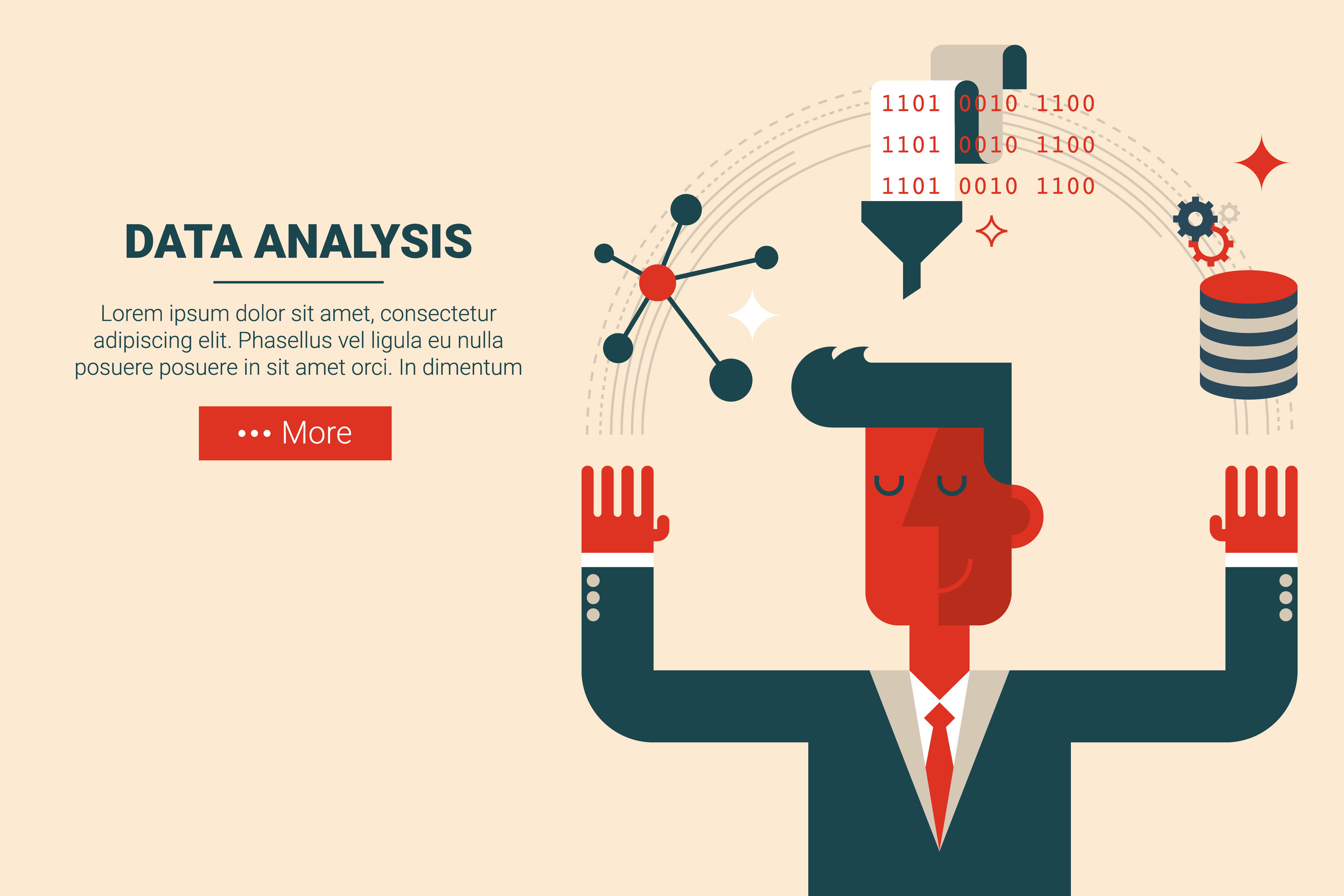
Welcome to the world of data analysis. In today’s data-driven society, extracting valuable insights from data has become increasingly crucial. Data analysis is the art of deciphering, cleaning, transforming, and modeling data to uncover meaningful patterns and make informed decisions. It involves a meticulous process of examining information to draw conclusions, identify trends, and solve complex problems. Through the lens of data analysis, businesses can optimize operations, improve decision-making, and gain a competitive edge in the market. Whether it’s uncovering consumer preferences, predicting future trends, or optimizing resources, the journey of data analysis holds endless possibilities for those willing to explore its depths.
The Importance of Data Analysis
Data analysis plays a crucial role in understanding trends and patterns, enabling businesses to make informed decisions based on evidence rather than instinct. By analyzing data, organizations can spot opportunities for growth and identify potential risks, leading to more effective strategies and improved performance.
Furthermore, data analysis helps in evaluating the success of past initiatives and projects, allowing for adjustments to be made in real-time to optimize outcomes. This proactive approach based on data-driven insights enhances operational efficiency and overall competitiveness in a rapidly changing business landscape.
Ultimately, the significance of data analysis lies in its ability to transform raw data into meaningful information that drives innovation and progress. It empowers decision-makers with the knowledge needed to anticipate market changes, customize offerings to meet customer demands, and stay ahead of the competition.
Techniques for Effective Data Analysis
First and foremost, a crucial technique in data analysis is the process of data cleaning. This involves identifying and correcting errors in the dataset, handling missing values, and removing any outliers that could skew the analysis results.
Another essential technique is exploratory data analysis, which helps to understand the structure of the data, detect patterns, and uncover relationships between variables. Visualization tools such as histograms, scatter plots, and heat maps can be used to gain insights into the dataset.
Lastly, employing statistical techniques such as regression analysis, clustering, and hypothesis testing can provide a deeper understanding of the data and help in making informed decisions. These techniques allow data analysts to derive meaningful interpretations and draw actionable conclusions from the data.
Applying Data Analysis in Real-world Scenarios
Data analysis plays a crucial role in real-world scenarios across various industries. From retail to healthcare, organizations leverage data analysis to gain valuable insights into their operations, customer behavior, and market trends. By analyzing large datasets, businesses can make informed decisions that drive growth and success.
One common application of data analysis is in marketing strategies. By analyzing customer demographics, purchasing patterns, and online behavior, companies can tailor their marketing campaigns for maximum effectiveness. Analyzing social media data also provides valuable insights into customer sentiment and preferences, helping businesses refine their messaging and engagement strategies.
In the realm of healthcare, data analysis is instrumental in improving patient care and outcomes. By analyzing patient data, medical professionals can identify trends, predict disease outbreaks, and personalize treatment plans. Data analysis also plays a crucial role in medical research, aiding scientists in identifying patterns and correlations that can lead to advancements in treatments and cures.